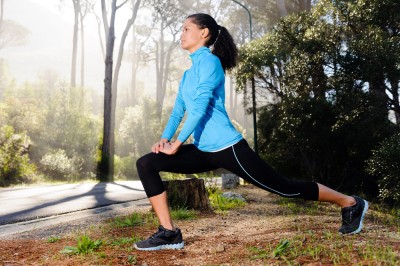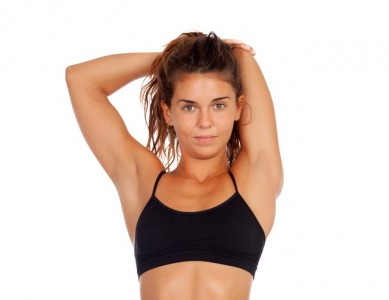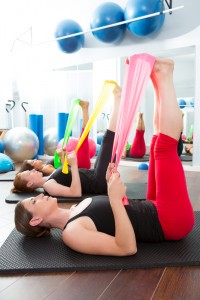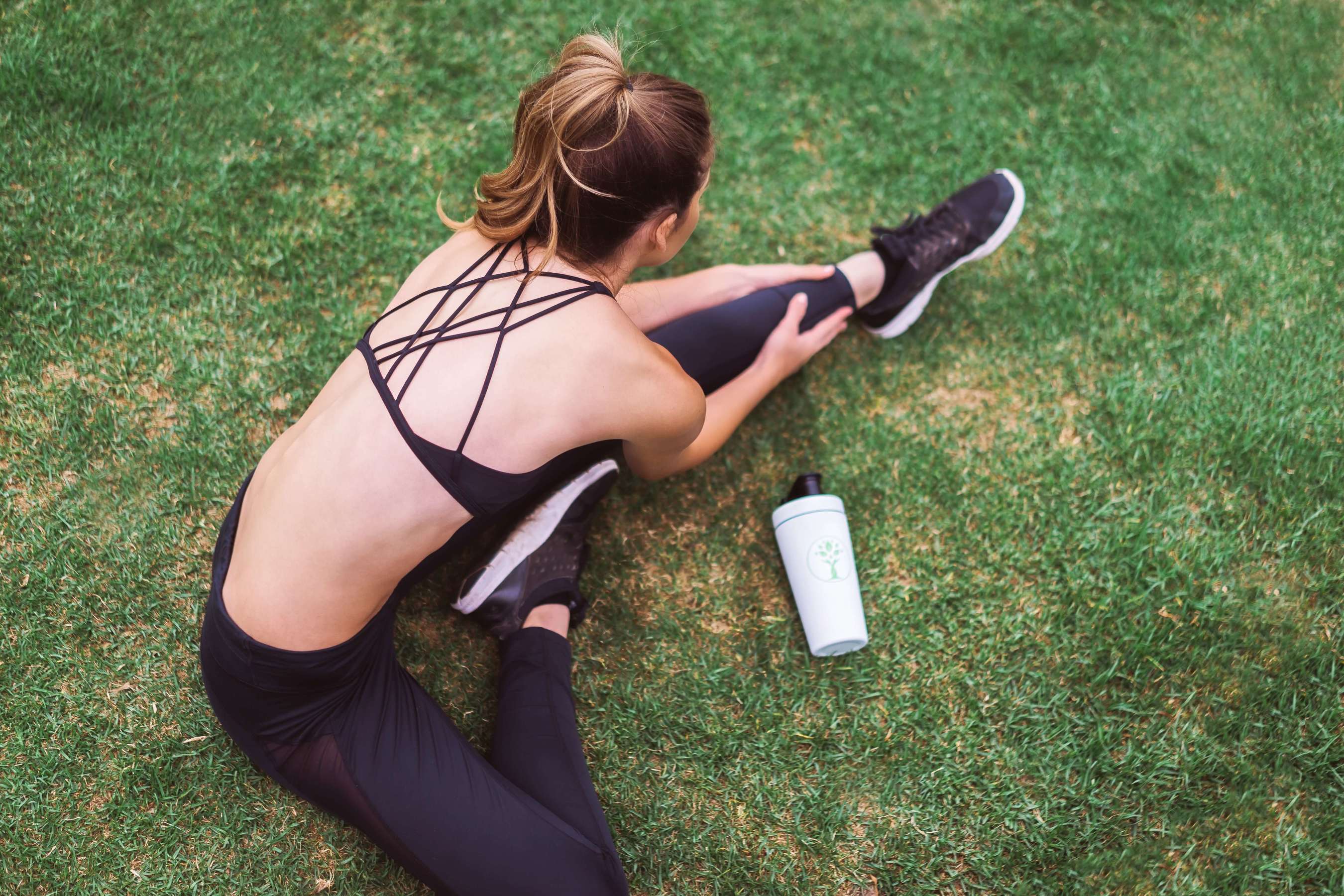As a dancer, I can feel my body getting stiffer and less flexible within days of going without stretching. For most individuals it isn’t necessary to be able to touch your nose to your knees with your legs stretched out, so why is stretching so important?
While studying exercise physiology, I have begun to notice that there is a strange lack of consensus for or against stretching. As for preventing injuries and improving athletic performance, the research is conflicting. And although stretching can certainly help to increase and maintain range of motion over time, and this becomes extremely beneficial as we age in terms of our functional ability to do activities of daily living, there is not a lot of research on what type of stretching works best.
Active or dynamic stretching is most often encouraged. Yoga would fall into this category. This type of movement encourages the lengthening of one muscle or muscle group while activating its antagonist. It incorporates slow movement throughout the entire range of movement. For example, lowering into a runner’s lunge will stretch out your hip flexor while challenging the quadriceps for stability and the hamstring of the opposite leg for support.

Static stretching
Static stretching is probably what most people think of when they hear stretching. This would involve the isolation of certain muscles and holding at the endpoint of that stretch for an extended length of time. For example, lifting your elbow over your head and using your other hand to pull it toward the opposite side is a static stretch for your triceps.

Ballistic Stretching
Setting up for ballistic stretching can be similar to either dynamic and static but the idea would be to “bounce” into the stretch near the endpoint of that range of motion. One example would be reaching your arm overhead and leaning to the opposite side into a lateral flexion. This side stretch which lengthens the obliques and intercostal muscles of the elongated side is often repeated at the endpoint, and was popular in aerobic style classes.
Passive Stretching
There is also passive stretching which requires a prop or a partner. This type of stretching necessitates for complete relaxation of the joint and surrounding muscles. In yoga, the use of a strap to help stretch the hamstrings, while lying on your back, can be very helpful for people whose leg cannot exceed a 90-degree angle.

In my opinion, these are all valuable methods of stretching. Figuring out what works best for you will probably require some trial and error. Dance training utilizes all of these techniques, and incorporating a little of each into a routine will probably get you the best results. And of course it will depend on what your end goal might be; maintaining hip and hamstring flexibility might be a priority if you want to be able to reach down and tie your shoes. For older populations, maintaining shoulder range of motion becomes helpful for activities such as dressing. One thing is for certain with flexibility and range of motion, if you aren’t “going there” today, you can’t expect to be able to be there tomorrow. In other words, if you don’t use it you lose it.
What I like about movement classes, is the fluidity you can achieve while stretching. This would be considered dynamic stretching but it doesn’t have to be uncomfortable or pushing toward the maximum stretch. Finding the range of motion in your rib cage and hips can just be about motion, and finding an ease in the joint. Tai Chi is a good example of this, and there have been multiple studies of why this is good for the joints and overall health. The body holds a lot of stress from our day to day lives and practicing some kind of movement technique helps you become more aware of what your body is doing and allowing your self to consciously let that tension go. Personally I believe this is something we can all gain from, whether you are an athlete or just an individual wanting to become more active and stay in good shape as you age.
If you are not afraid of looking a little goofy, trying a movement improvisation based on circles and spirals in all of your joints might tell you a lot about your movement capacity.
If you aren’t into dancing around in your living room, here is a series of stretches you could do at work that might not attract too much attention.
1. For the front of the chest and shoulders: (great for posture) Find a door jam. Place your hands at shoulder height on either side of the door frame and allow yourself to fall forward opening up in your chest. Keep your core engaged for support and if you can keep your heels down you’ll get a bit of calf stretch as well.
2. For the glutes and lower back: (great for those of us who sit a lot) Sitting in a chair, put one ankle over the opposite knee and round forward into the stretch. Take a nice deep breath and try to relax in your hip socket. Repeat with the other leg.
3. For the neck (great to release tension): Sit up tall in your chair, drop your shoulders down, lift slightly in the sternum to open the chest. Lower your chin toward your chest hold for a few breaths and then begin circling your head. Imagine drawing a circle with the top of your head and be careful not to drop your head completely to the back. Repeat the circling in the other direction.
4. For the hip flexors (great for the front of the hip and the lower back): From standing, take a big step forward into a small lunge. Tilt your pelvis back trying to open up the front of the hip. Make sure your front knee is tracking over your foot and doesn’t go past your toe putting extra pressure on your knee. Stretch your back leg long and reach your heel toward the floor. If you are feeling strong here, you can raise the same arm as your back leg up over your head and lift up and over to the opposite side into a small lateral stretch. This will enhance the stretch of the hip flexor and test your balance.
5. For your obliques (great for the spine and core stability): Stand up with your feet together. Clasp your fingers together and rotate your arms so that your palms are facing away from your body. Raise your arms above your head and slowly reach up and over to the right side. Imagine lengthening the left side while keeping the hips stable and your weight evenly dispersed on both feet. On your next inhale slowly lift back up to standing before starting on the opposite side. Careful to only go as far as you can control, this stretch requires quite a bit of core strength if you are doing it correctly!
Take deep breaths during your stretches and if you start to feel pain back away. Some stretches are more uncomfortable than others but you should never feel sharp pain, this may be a sign that you are stretching too far.
This blog post was originally posted on Sarah’s blog, SarahLehmenMovement.




